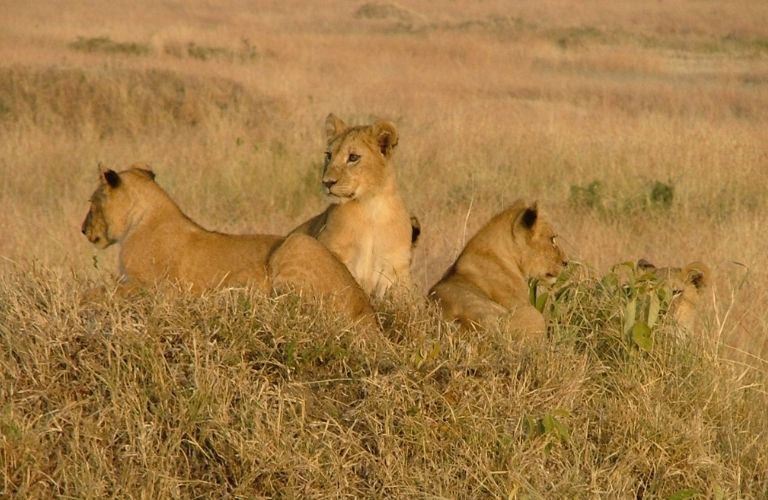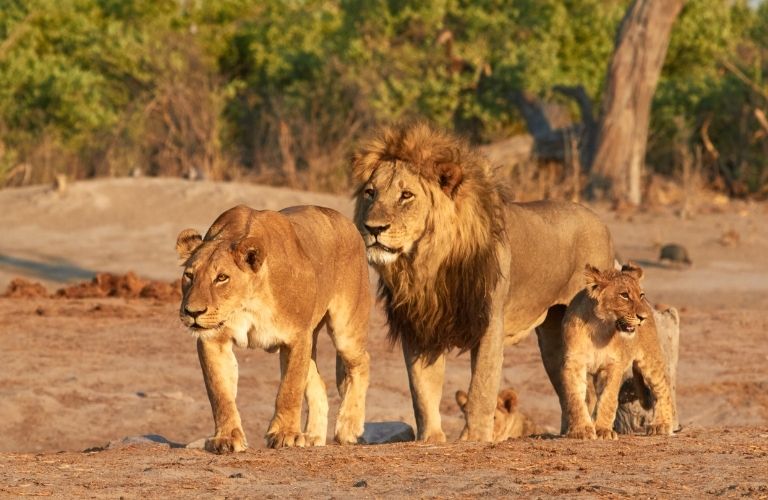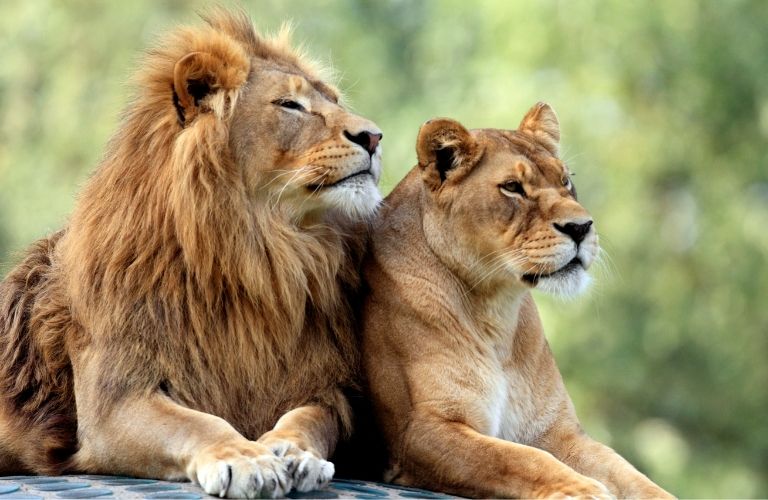The African Lion, known scientifically as Panthera leo, is a prominent species in the animal kingdom that plays a vital role in maintaining ecosystem balance. At the Abilene Zoo, visitors can observe these magnificent creatures up close, gaining a deeper understanding and appreciation of their majesty. Let’s take a comprehensive look at various aspects of African Lions, from their diet, habitat, size and weight, and migration patterns to their conservation status and other interesting facts.
Diet
African Lions are formidable carnivores, relying primarily on a diet of large ungulates such as zebras, wildebeests, and antelopes. Hunting is a collective effort within a pride, with lions employing strategic teamwork to pursue and capture their prey.
Hunting in the dark and during stormy weather are among the African Lions’ foolproof strategies. They take advantage of their adaptation to the dark and the distracting noise and winds of storms to encircle and subdue unsuspecting prey.
Habitat
African Lions inhabit diverse domains, including savannas, grasslands, scrublands, and open woodlands. They are most commonly found in sub-Saharan Africa, with a significant concentration in East Africa.
Size and Weight
African Lions are among the largest big cats, with males being typically larger than females. The average weight for male African Lions ranges from 330 to 550 pounds, while females weigh between 260 and 400 pounds. The African Lion’s size and weight are influenced by factors such as genetics, diet, and habitat.
The largest African Lion ever recorded weighed an astonishing 826 pounds, showcasing the potential size these animals can reach.
Migration
Migration is not an inherent trait of African Lions but critical factors such as prey availability, environmental conditions, and social dynamics within a pride influence movement and settlement patterns among African lions. They may move across large distances within their home range to follow prey and find suitable territories.
Conservation Status
The African Lion is currently red-listed as vulnerable to extinction by the International Union for Conservation of Nature (IUCN). Major threats to their survival include habitat loss, human-wildlife conflict, and poaching. Conservation efforts are crucial to protect these majestic animals from further decline.
Fast Facts
The wind slowly rustles across the plains while an antelope laps up water from a sparse lakebed. Hidden within the grass, a lioness crouches down low keeping a sharp eye on her prey. As she approaches, the antelope’s ears begin to twitch. Spooked, the antelope darts away leaving the lioness empty-handed on the morning’s hunt.
Lions live in the grasslands and wooded areas of Africa making their dens high above the plains where their prey graze on grass and low shrubs. While lionesses are on the hunt, the male lion stays back watching the cubs.
Poaching and loss of native land have led to a steep decline in the population of lions. You can do your part to help by supporting the Abilene Zoo who gives back to conservation organizations like the African Wildlife Fund.
The Abilene Zoo has featured African Lions since its opening in 1966. Currently, there are two lions on exhibit, siblings Kenya and Dixie.
FAQ
How long does an African lion live?
In their natural habitat, African lions usually survive for up to 10-14 years. However, under protection, they live longer, lasting even 15-20 years. Genetics, diet, and general health are some of the significant determinants of how long African lions live.
How much does the African lion weigh?
African lions are impressive in size, with males and females differing significantly in weight. Male lions usually weigh around 330-550 pounds while female lionesses are about 265-395 pounds.
Are African lions endangered?
Yes, African lions are considered vulnerable and at risk of becoming endangered. Over the past few decades, their population has declined dramatically due to habitat loss, human-wildlife conflict, and poaching. It is estimated that fewer than 20,000 lions currently remain in the wild. Conservation efforts are crucial to protect these animals and their habitats.







